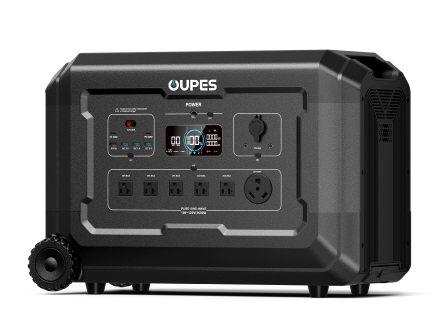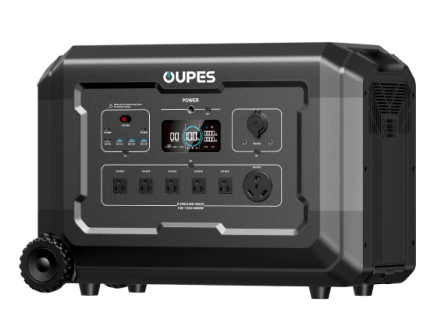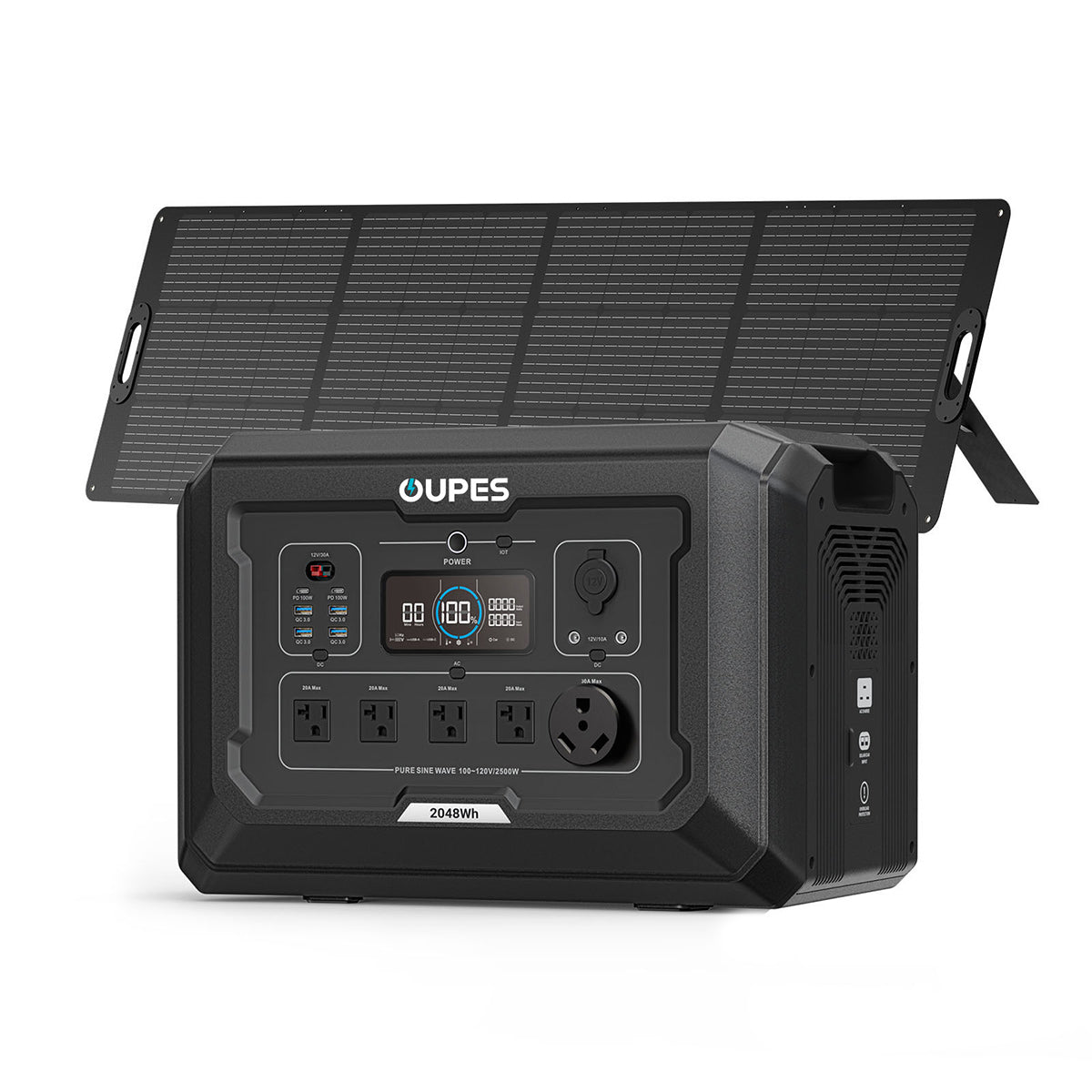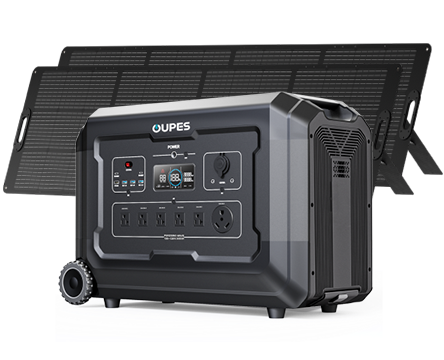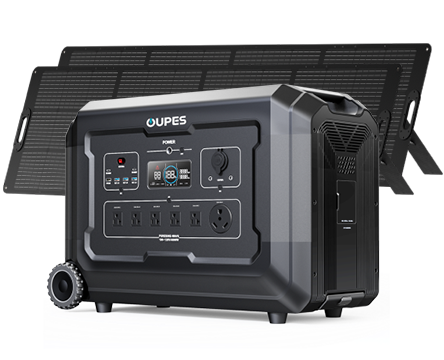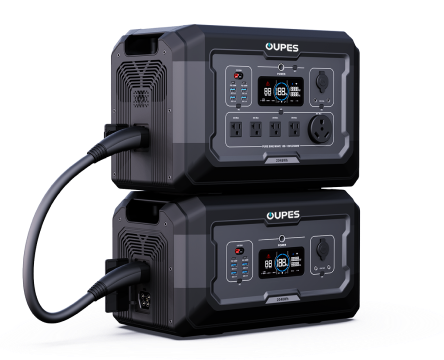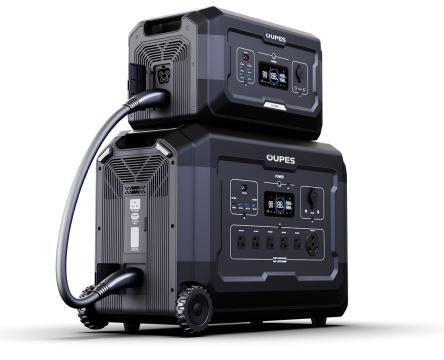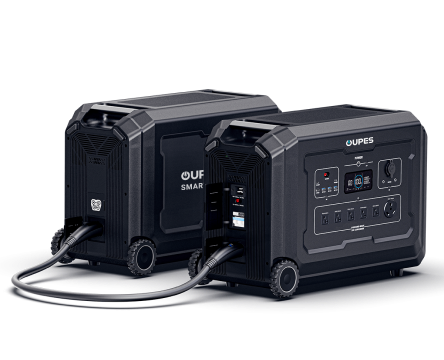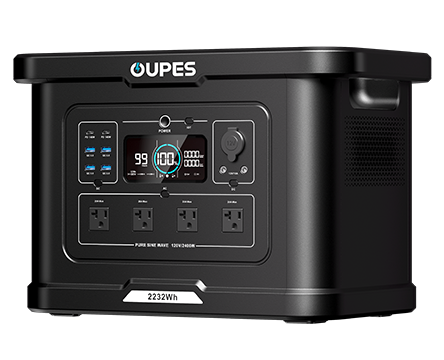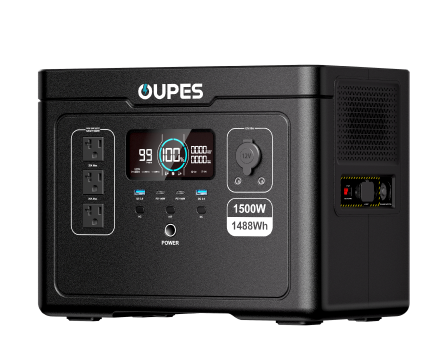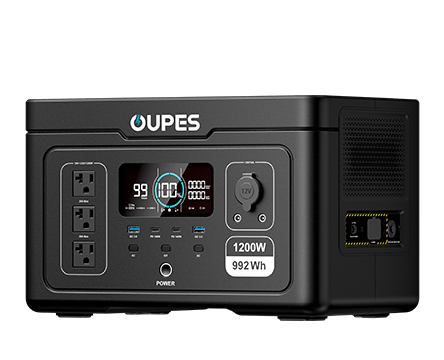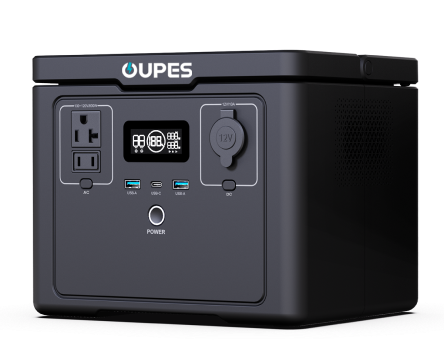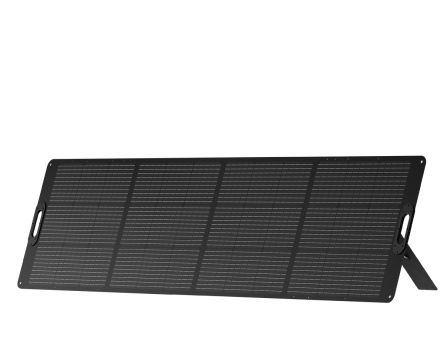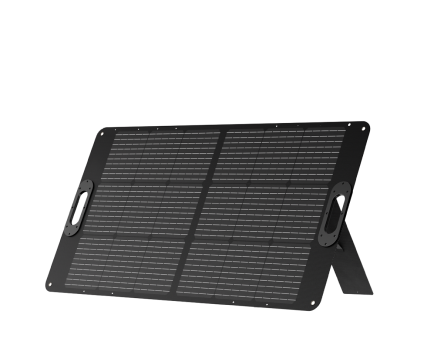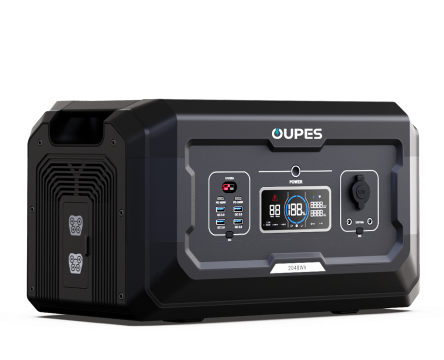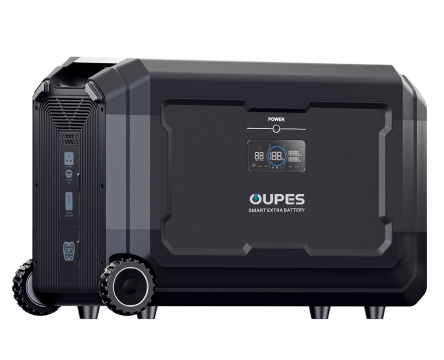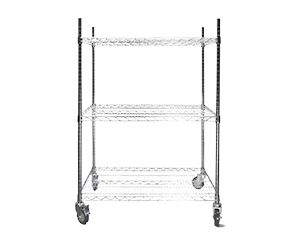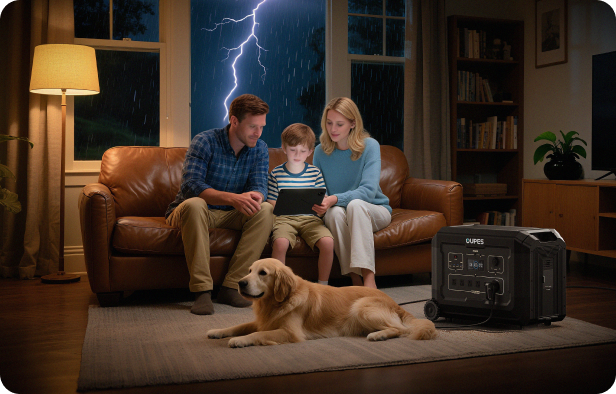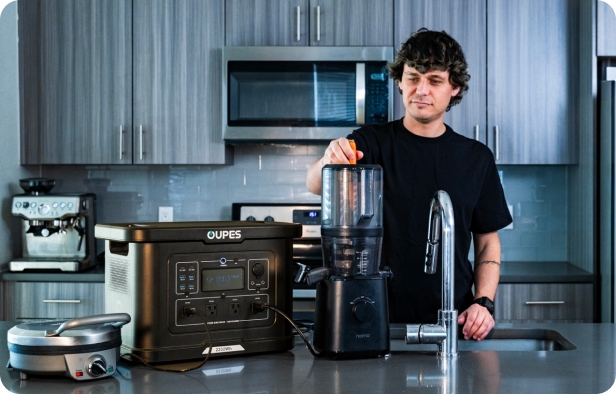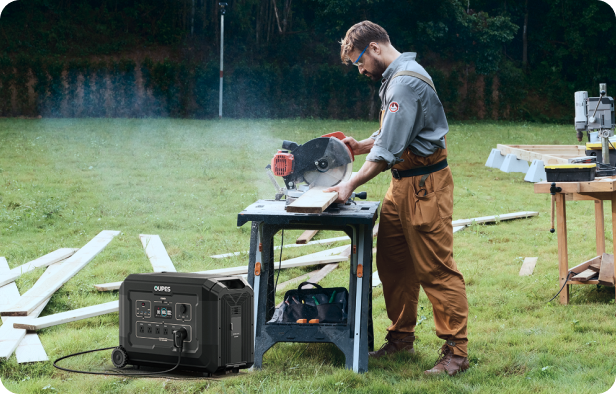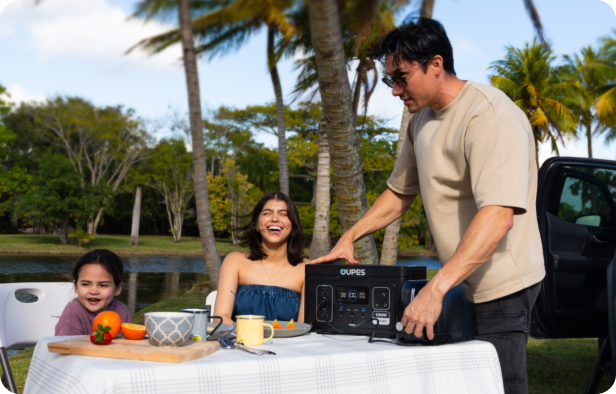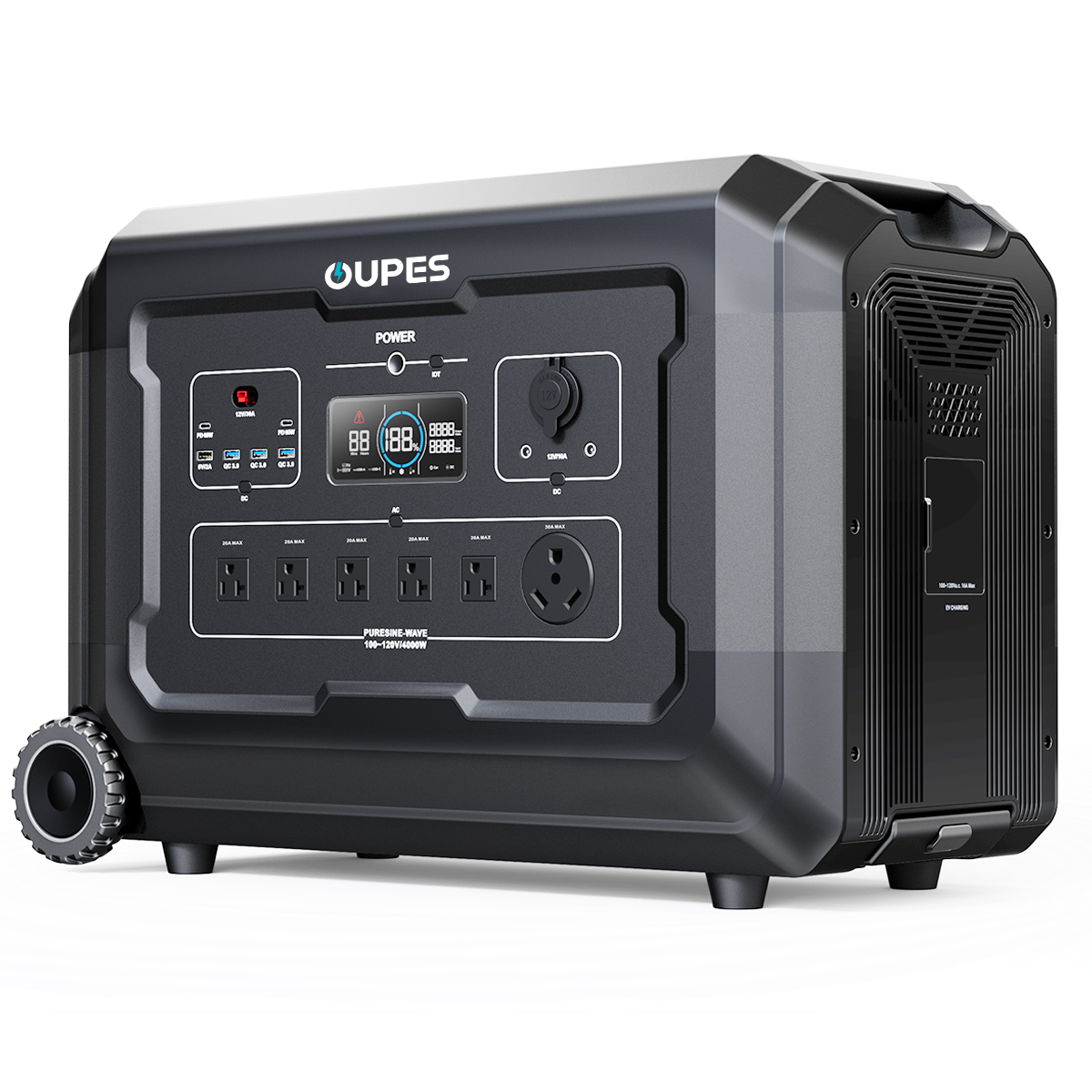
When disaster strikes, the first thing to go is often the power. Whether it’s a hurricane, earthquake, or wildfire, the loss of electricity can cripple communication, disrupt medical services, and leave communities in the dark—literally and figuratively. In these critical moments, access to reliable power isn’t just a convenience; it’s a lifeline. Portable power stations are emerging as a game-changing solution for disaster relief, offering a compact, efficient, and versatile way to restore energy when it’s needed most. These devices are not only transforming how aid is delivered but also empowering individuals and communities to take control of their recovery efforts.
Unlike traditional generators, portable power stations are quiet, emission-free, and easy to transport, making them ideal for emergency situations. They can power everything from medical equipment to communication devices, ensuring that critical operations continue uninterrupted. In this article, we’ll explore how portable power stations are revolutionizing disaster relief, the key features that make them indispensable, and real-world examples of their impact in crisis situations.
The Role of Portable Power Stations in Emergency Response
In the aftermath of a disaster, time is of the essence. Emergency responders need immediate access to power to operate life-saving equipment, coordinate relief efforts, and communicate with affected communities. Portable power stations provide a quick and efficient solution, enabling responders to set up temporary power sources wherever they’re needed. For instance, during Hurricane Maria in Puerto Rico, portable power stations were used to power field hospitals, allowing medical teams to perform surgeries and treat patients even when the grid was down.
These devices are also invaluable for powering communication systems. In disaster zones, maintaining contact with the outside world is crucial for coordinating aid and providing updates to families. Portable power stations can keep radios, satellite phones, and internet routers running, ensuring that information flows seamlessly. Additionally, they can charge mobile devices, enabling survivors to reach out for help or stay informed about relief efforts. This connectivity can make the difference between chaos and coordinated recovery.
Another critical application is in lighting. Darkness can exacerbate the challenges of a disaster, making it difficult to conduct search-and-rescue operations or navigate hazardous areas. Portable power stations can power LED lights, floodlights, and even portable lanterns, illuminating disaster zones and improving safety for both responders and survivors. By providing reliable power in these key areas, portable power stations are becoming an essential tool in the emergency response toolkit.
Key Features That Make Portable Power Stations Ideal for Disaster Relief
When selecting a portable power station for disaster relief, certain features stand out as particularly important. First and foremost is battery capacity, measured in watt-hours (Wh). A higher capacity means longer runtime, which is critical in situations where power may be unavailable for days or even weeks. For example, a 1000Wh station can power a small refrigerator for up to 10 hours, ensuring that perishable medical supplies remain viable during prolonged outages.
Portability is another crucial factor. In disaster scenarios, responders often need to move quickly through challenging terrain. Lightweight, compact designs with built-in handles or wheels make it easier to transport these stations to where they’re needed most. Some models even come with rugged, weather-resistant exteriors, ensuring they can withstand harsh conditions like heavy rain or extreme temperatures.
Versatility is also key. A good portable power station should offer a variety of output options, including AC outlets, USB ports, and DC carports. This allows it to power a wide range of devices, from medical equipment like CPAP machines to communication tools like laptops and radios. Solar charging compatibility is another valuable feature, as it enables the station to recharge using renewable energy when traditional power sources are unavailable. By combining these features, portable power stations provide a flexible and reliable energy solution for disaster relief.
Real-World Impact: Portable Power Stations in Action
The effectiveness of portable power stations in disaster relief is best illustrated through real-world examples. During the 2020 wildfires in California, portable power stations were deployed to evacuation centers to provide electricity for charging phones, powering medical devices, and running essential appliances. This not only improved the quality of life for evacuees but also allowed relief workers to operate more efficiently.
In the Philippines, where typhoons are a frequent occurrence, portable power stations have been used to power water filtration systems in remote villages. Access to clean drinking water is often one of the first casualties of a disaster, and these stations have played a vital role in preventing waterborne illnesses. Similarly, in earthquake-prone regions like Nepal, portable power stations have been used to power temporary shelters, providing light and warmth to displaced families.
Another compelling example comes from the aftermath of Hurricane Harvey in Texas. Portable power stations were used to keep communication hubs operational, enabling first responders to coordinate rescue efforts and provide real-time updates to affected communities. These stories highlight the transformative impact of portable power stations in crisis situations, demonstrating their ability to save lives and accelerate recovery.
Empowering Communities with Portable Power Solutions
One of the most significant advantages of portable power stations is their ability to empower individuals and communities. In many disaster scenarios, aid can take days or even weeks to arrive. Portable power stations give people the tools to take immediate action, whether it’s charging a phone to call for help, powering a small heater to stay warm, or running a fan to combat extreme heat.
Community resilience is further enhanced when portable power stations are paired with renewable energy sources like solar panels. This combination creates a self-sustaining energy system that can operate independently of the grid. For example, in Puerto Rico, community centers equipped with solar-powered portable stations have become hubs of activity during power outages, providing a safe space for residents to charge devices, access information, and receive medical care.
Training and education are also critical components of this empowerment. Teaching communities how to use and maintain portable power stations ensures that they can maximize their benefits during a crisis. Workshops on energy management, solar charging, and device compatibility can turn these stations into long-term assets, fostering a culture of preparedness and self-reliance.
Looking Ahead: The Future of Portable Power in Disaster Relief
As technology continues to advance, the potential for portable power stations in disaster relief is only growing. Innovations in battery technology, such as solid-state batteries, promise even greater capacity and faster charging times. Wireless charging capabilities could eliminate the need for cables, simplifying setups in chaotic environments. Additionally, integration with smart grids and energy management systems could optimize power distribution, ensuring that energy is used as efficiently as possible.
Another exciting development is the use of artificial intelligence to predict and respond to energy needs during disasters. AI-powered portable power stations could automatically adjust output based on usage patterns, prioritize critical devices, and even provide real-time diagnostics to prevent malfunctions. These advancements will further enhance the reliability and versatility of portable power stations, making them an even more indispensable tool in disaster relief.
Ultimately, the goal is to create a future where no community is left in the dark during a crisis. Portable power stations are a vital step toward that vision, offering a practical, scalable, and sustainable solution to one of the most pressing challenges of disaster response.
Portable power stations are revolutionizing disaster relief by providing reliable, versatile, and portable energy solutions in crisis situations. From powering medical equipment to enabling communication and lighting, these devices are proving to be indispensable tools for emergency responders and affected communities alike. Their ability to empower individuals and foster resilience makes them more than just a piece of technology—they’re a beacon of hope in the darkest of times.
As we look to the future, the continued evolution of portable power technology promises even greater impact. By investing in these solutions today, we can build a more prepared and resilient world, ready to face whatever challenges lie ahead. Whether it’s a natural disaster or a man-made crisis, portable power stations are lighting the way to recovery, one watt at a time.


